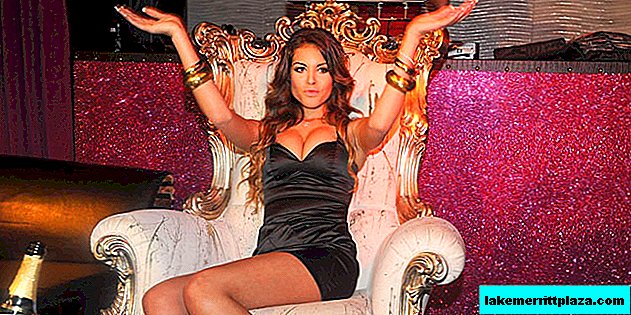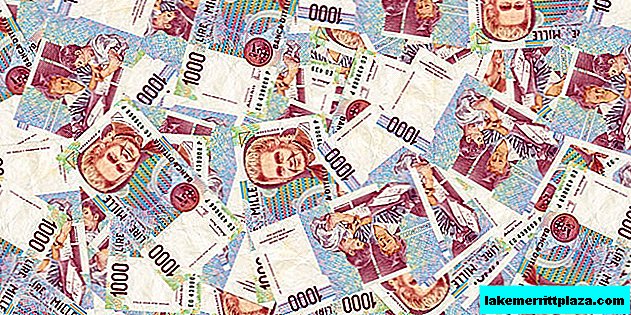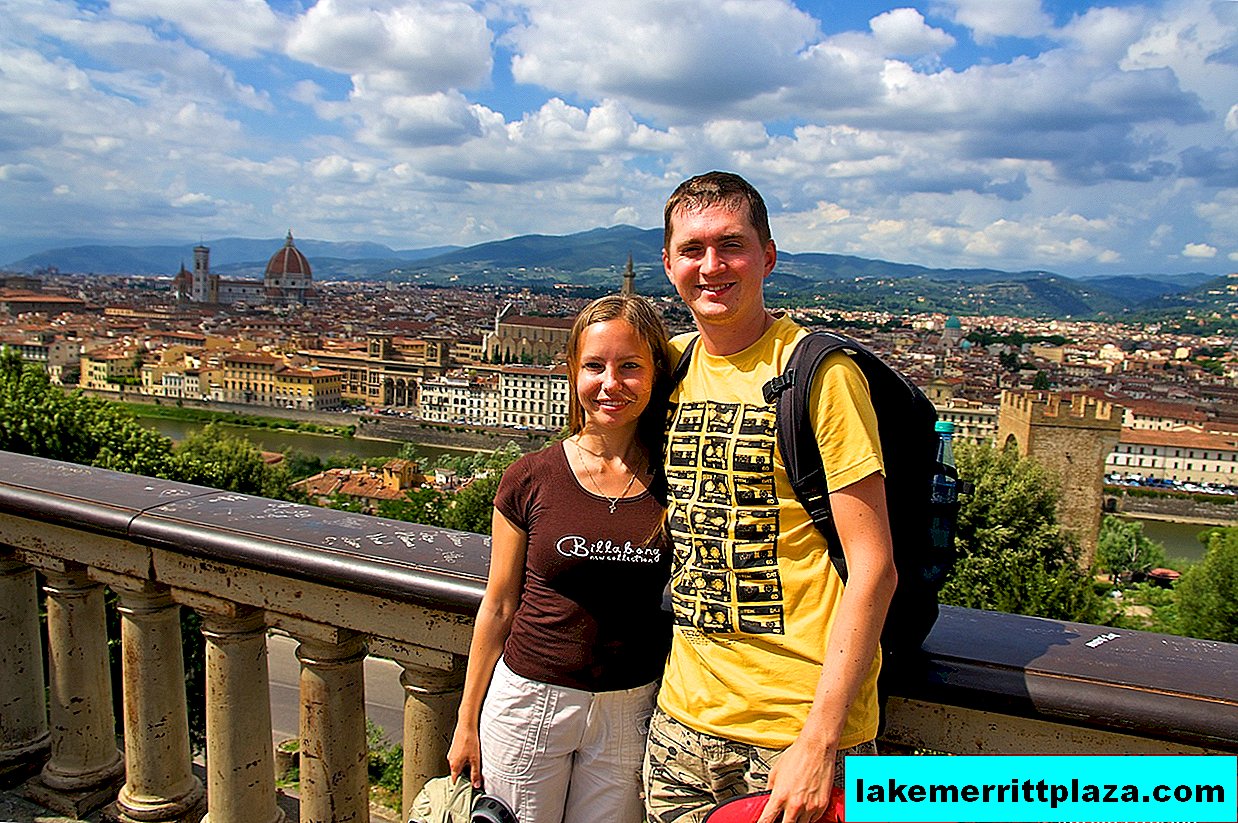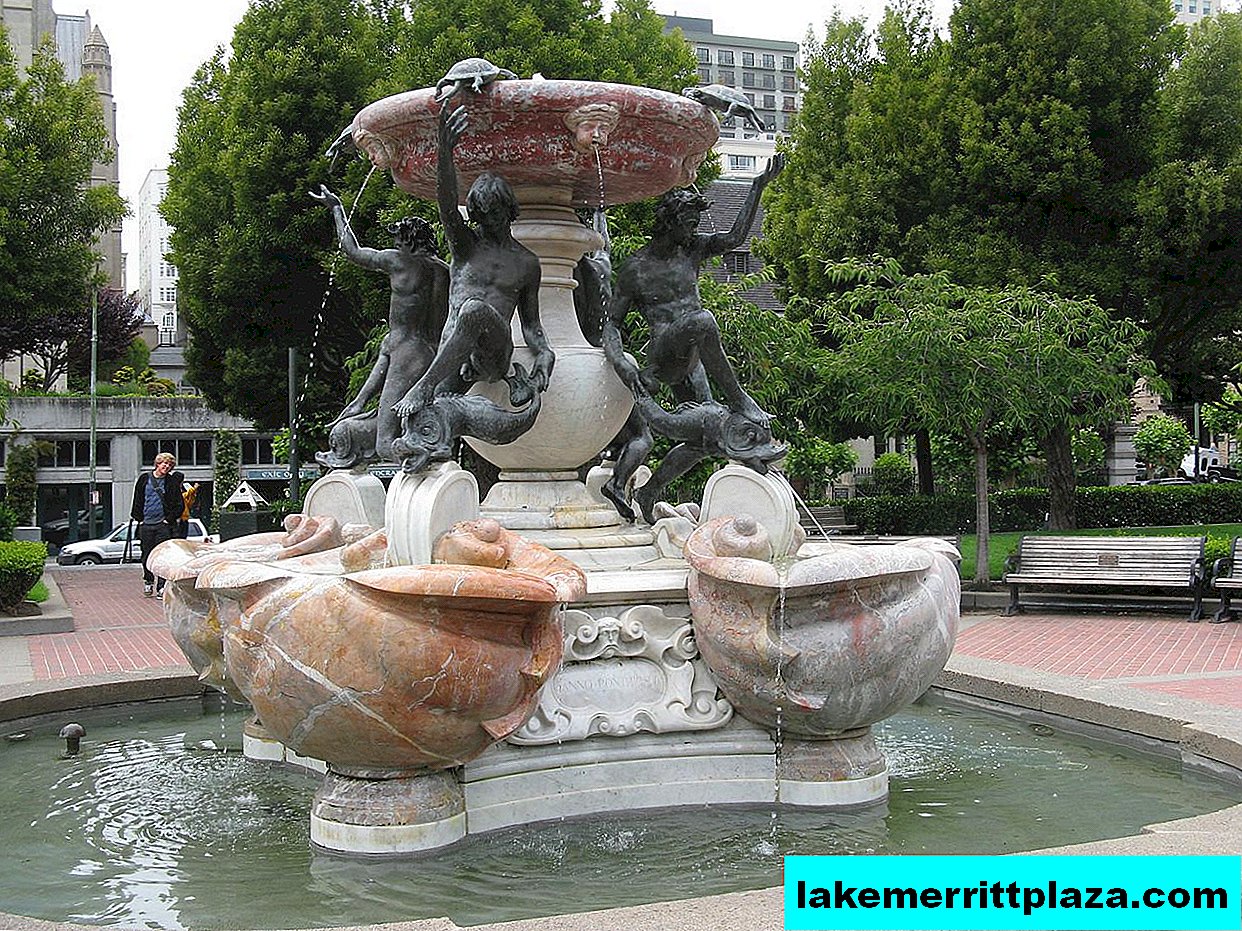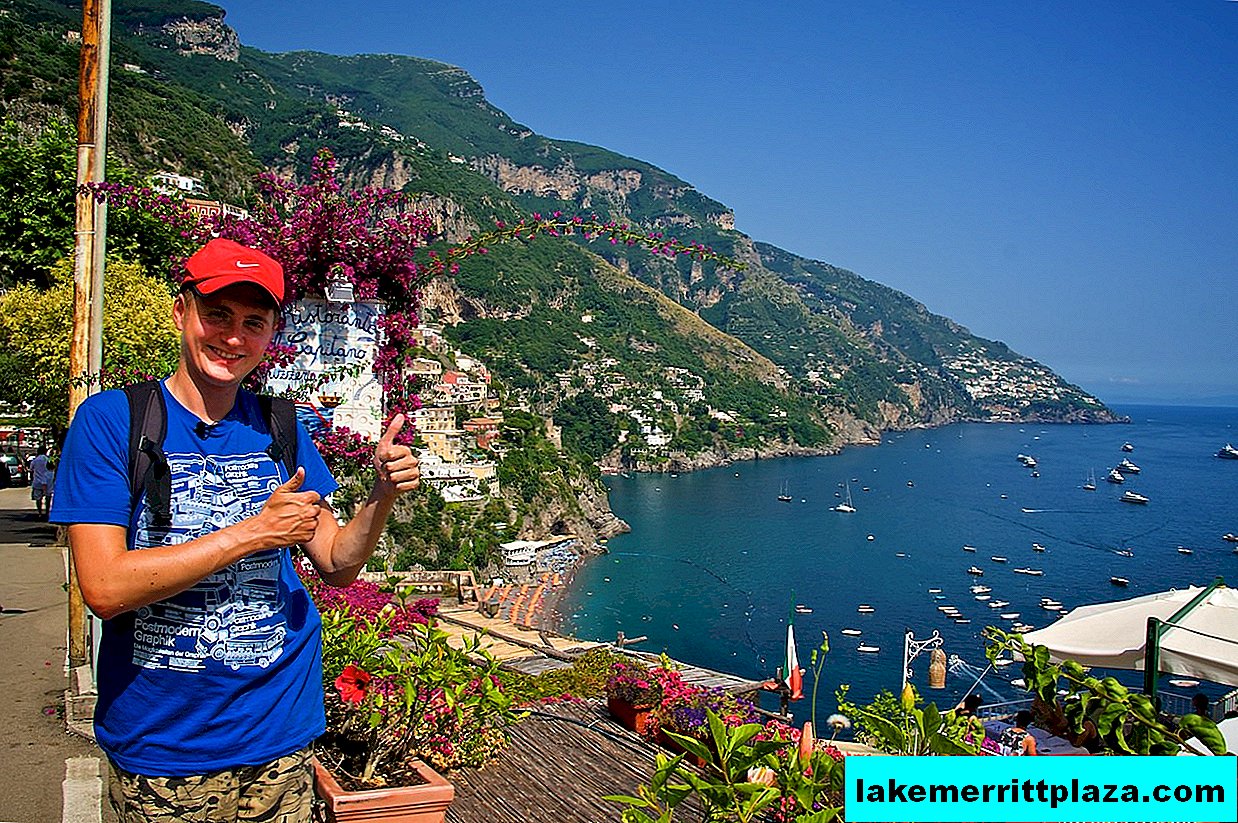The Bode Museum is visited less frequently than other museums. And this is good. Not crowded here. You are practically alone with antiquity, art and architecture. There are no "hit" exhibits, but there is an excellent collection of medieval "naive" and wooden German Gothic. A beautiful collection of bronze figurines - plastic, “verbose" and bewitching. And the Coin Office will impress even non-coin collectors.

Bode Museum, photo by Jessica Spengler
The Bode Museum (Bode-Museum) was originally named after Frederick III - Kaiser-Friedrich-Museum. This name was given to the cultural institution at the behest of Princess Victoria, the Dowager Empress of Germany.
Kaiser Friedrich Museum
Among the Crown Prince’s entourage at his court there appeared plans to create an art museum. Wilhelm von Bode, the founder of German museology, doctor of science, art historian, took up the project. The construction of the museum building, designed by Ernst von Ine, began in 1897. The monumental neobarochny complex occupied the entire northern tip of the island of Museumsinsel. Stone walls approached the water itself. Two bridges were laid from the entrance to both banks of the Spree. A massive dome rose above the facade. A semicircular front wall was decorated with half columns and statues above the balustrade.

Dome, photo by Phil Trease
The Kaiser Friedrich Museum opened its doors in 1904. Bode personally collected the first expositions from the legacy of the Brandenburg Electors. These were collections of paintings, plastics, furniture, and handicrafts. In addition to this fund, he acquired new rarities: German and Italian sculptures, architectural elements of Roman buildings, paintings. Using personal connections and the talent of a diplomat, Bode promoted the benefits of patronage. Aristocrats willingly donated expensive relics, family collections of historical values as a gift to the new museum fund.
Bode applied an innovative idea in the design of the expositions. The halls did not have strict thematic collections of paintings or sculptures. All the premises of the Kaiser-Friedrich-Museum were presented as "residential" chambers and halls. Their concept corresponded to historical periods: a selection of works of art was complemented by authentic interiors. The expositions performed a “training” mission: in the decoration of the hall, the public made up an opinion about the era and people.
The Kaiser Friedrich Museum, like many Berlin buildings, was destroyed by the bombing of World War II. The restoration, begun in 1948, lasted almost 40 years, although the complex has partially opened to the public since 1950. In 1956 it was renamed, giving the name of the ideologist and founder - Arnold Wilhelm Bode. Soon after the first reconstruction, serious defects appeared in the building. The museum was again closed to repair, and at the same time to recreate the lost historical features. Restoration continued until the fall of 2006.
Bode Museum today
Today in Bode-Museum are presented:
- collections of sculptures of world significance,
- Byzantine art collection,
- Numismatic cabinet.

Large domed hall with an equestrian statue of the Great Elector, photo by Manfred Brueckels

Small Dome Hall, photo da_pierino
The central part of the complex is the Large Dome Hall. Here, on the site in front of the main staircase, a statue of the Elector of Brandenburg is installed - the work of Schluter. Transverse enclosures enclose five courtyards with sculptural displays. On the central axis there is a chain of exhibition rooms, closed by the Small Dome Hall.
As with Bode, the exhibits are selected in the form of thematic installations.
Sculpture collection

A fragment of sculpture, photo foreelsket

Plastic composition, photo bodi bold

Wooden German Gothic photo by damian entwistle
The sculptural collection covers the period from the Middle Ages to the mature Baroque and Classicism. The Bode Museum exhibits works of German plastic art, works by sculptors from Spain and France, Italy and the Netherlands.
Museum of Byzantine Art

Mosaic from Ravenna (VI century), photo by mompl
The Museum of Byzantine Art contains sarcophagi, samples of early iconography, cult objects, woodwork, textiles and bones. All rarities are created in the territories of Byzantium and the ancient Mediterranean for the period from the 3rd to the 15th centuries.
Coin Office

Historical coin, photo damian entwistle
In the Numismatic cabinet collected half a million historical coins, medals, seals. The collection is accompanied by an interactive catalog and a special library.

In the halls of the museum, photo by Toni Almodóvar Escuder
Working hours
Mon closed;
VT-SR 10:00 - 18:00;
Thu 10:00 - 20:00;
Fri-Sun 10:00 - 18:00.
Gobelinsaal is open only on weekends and holidays.
The permanent exhibition rooms on the top floor, including the Syria antiqua - Münzen und Monumente auf der Museumsinsel exhibition, are open from 11:00.
Tickets
The cost of a full ticket is € 10.00,
preferential - € 5.00.
On the Museumsinsel map (Pergamon Museum, Bode Museum, Old Gallery, New and Old Museums):
full - € 18,
preferential - € 9.
How to get there
Take the U2 underground line to the Spittelmarkt, Märkisches Museum, Hausvogteiplatz or Klosterstraße stations; Line U6 - to the station Friedrichstraße.
By city train lines S5, S7, S9, S75 - to the station Hackescher Markt; lines S1, S2, S25 - to the station Friedrichstraße.
By tram M1, M12 - to the stop Am Kupfergraben; M4, M5, M6 - to the Hackescher Markt stop.
By TXL bus to the Staatsoper stop; No. 100, 200 to Lustgarten; No. 147 to Friedrichstraße)
How do I save on hotels?
Everything is very simple - look not only at the booking. I prefer the search engine RoomGuru. He is looking for discounts at the same time on Booking and on 70 other booking sites.


